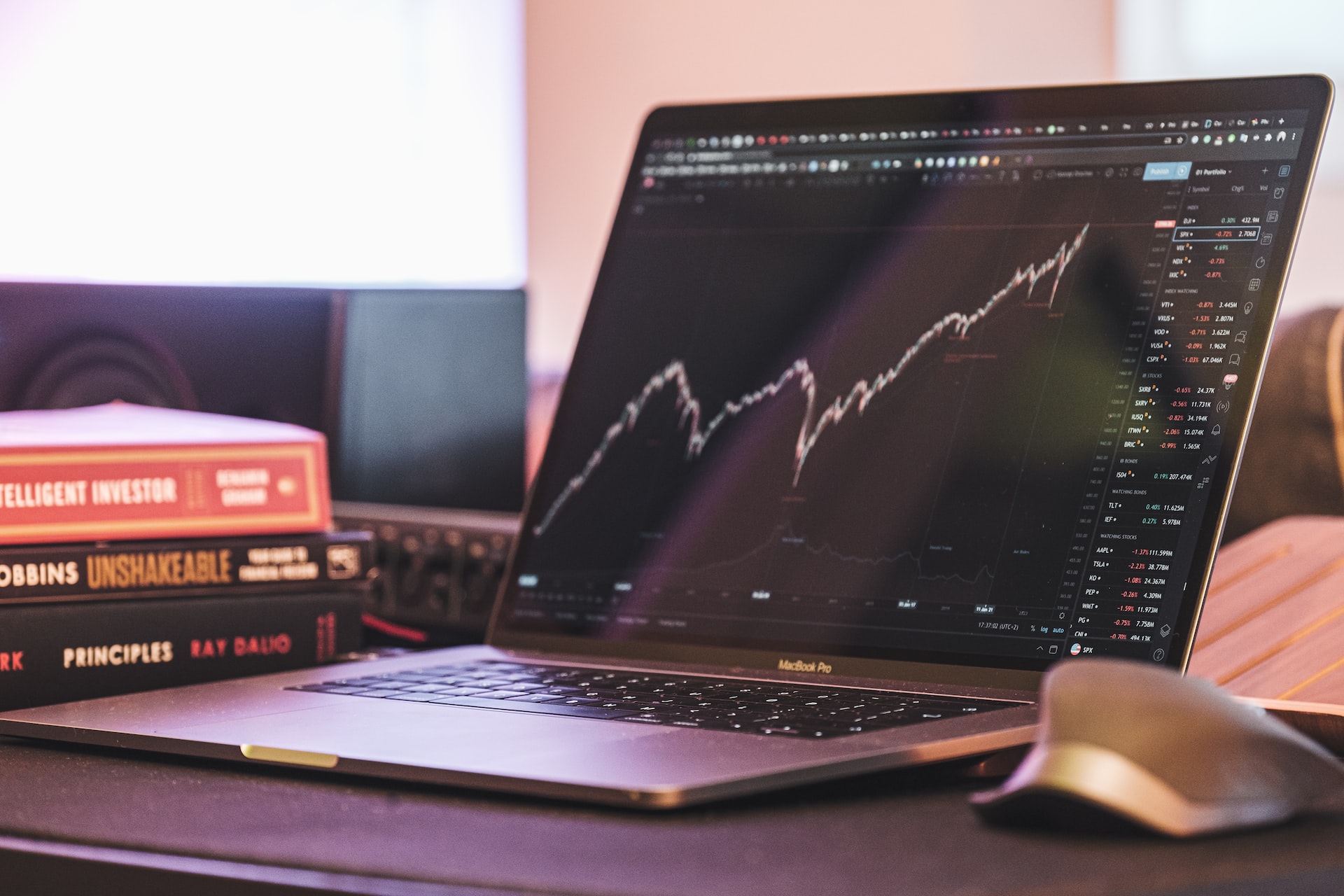My ROI stock portfolio experiment
🔗 Permalink
After reading a bit about multiple well-known investors mentioning how important Return On Invested Capital is, I decided to generate a small portfolio (actually a pie within Trading212) with some metrics.
I used finviz to screen and since they don’t have ROIC, I used Return On Investment (ROI). This is a different metric but is the closest option there is. My screening options were as follows:
- ROI of 25% or higher
- Net profit margin of 25% or higher
- Market cap of 2 billion or higher
- Positive dividend
- Average trading volume of 1 million
So the important values are the ROI and net profit margins. However to give me some more established companies I also made sure that they have a market cap of 2 billion or more, enough trading volume and a positive dividend. This last option as a soft guarantee that the company is free cash flow positive.
I started this endeavor on August 10th and plan to add €100 every month for 10 months, then keep it there for a month and finally after 12 months sell it all. This would be August 10th, 2023. The idea is slightly inspired by The Magic Formula, except that I won’t prune the portfolio, with the biggest caveat being that a company might fall below my requirements down the road.
I’m aware that a year is not enough to make any statements about the ROI of the portfolio. But I’m considering all of this just a fun challenge, while I keep working on my other growth and dividend portfolio.
The portfolio
If you use my finviz link, you can see quite a few companies. I went through it manually and added the ones I liked and didn’t own; I ended up with 17 companies.
- Microsoft (MSFT) - 7.5%
- Apple (AAPL) - 7.5%
- Mastercard (M) - 7%
- Qualcomm (QCOM) - 7%
- McDonald’s (MCD) - 7%
- S&P Global (SPGI) - 7%
- Novo Nordisk (NVO) - 7%
- Southern Copper (SCCO) - 7%
- Blackstone Inc (BX) - 7%
- Paychex (PAYX) - 7%
- Lousiana Pacific (LPX) - 7%
- Rio Tinto (RIO) - 3.7%
- Vale (VALE) - 3.7%
- Applied Materials (AMAT) - 3.7%
- KLA Corporation (KLAC) - 3.7%
- Vermillion Energy (VRX) - 3.6%
- Crescent Point Energy (CRP) - 3.6%
A couple of companies were quite similar, so I combined their allocations at three and a half percent; a miner, a semiconductor and an energy (gas) company. Although you can also argue that Qualcomm and Southern Copper should have been together then. To make the pie 100% I then added a bit more to MSFT and AAPL.
One month later
Now that we’re a month in, here are the current results.
- Microsoft (MSFT) - ❌(3.40%)
- Apple (AAPL) - ❌(2.20%)
- Mastercard (MA) - ❌(2.00%)
- Qualcomm (QCOM) - ❌(3.93%)
- McDonald’s (MCD) - ✔️(0.72%)
- S&P Global (SPGI) - ❌(1.36%)
- Novo Nordisk (NVO) - ✔️(1.36%)
- Southern Copper (SCCO) - ✔️(2.07%)
- Blackstone Inc (BX) - ❌(1.43%)
- Paychex (PAYX) - ❌(1.65%)
- Lousiana Pacific (LPX) - ❌(2.72%)
- Rio Tinto (RIO) - ❌(2.32%)
- Vale (VALE) - ❌(1.36%)
- Applied Materials (AMAT) - ❌(1.42%)
- KLA Corporation (KLAC) - ❌(0.27%)
- Vermillion Energy (VET) - ✔️(2.79%)
- Crescent Point Energy (CPG) - ✔️(0.55%)
The portfolio was up quite nicely for a week before the market started to drop. I’m posting this a week after the 10th and since then we’ve had 2 days of heavy losses as well.
However, this is fine, means that I can buy more shares at a lower price when it’s October.


